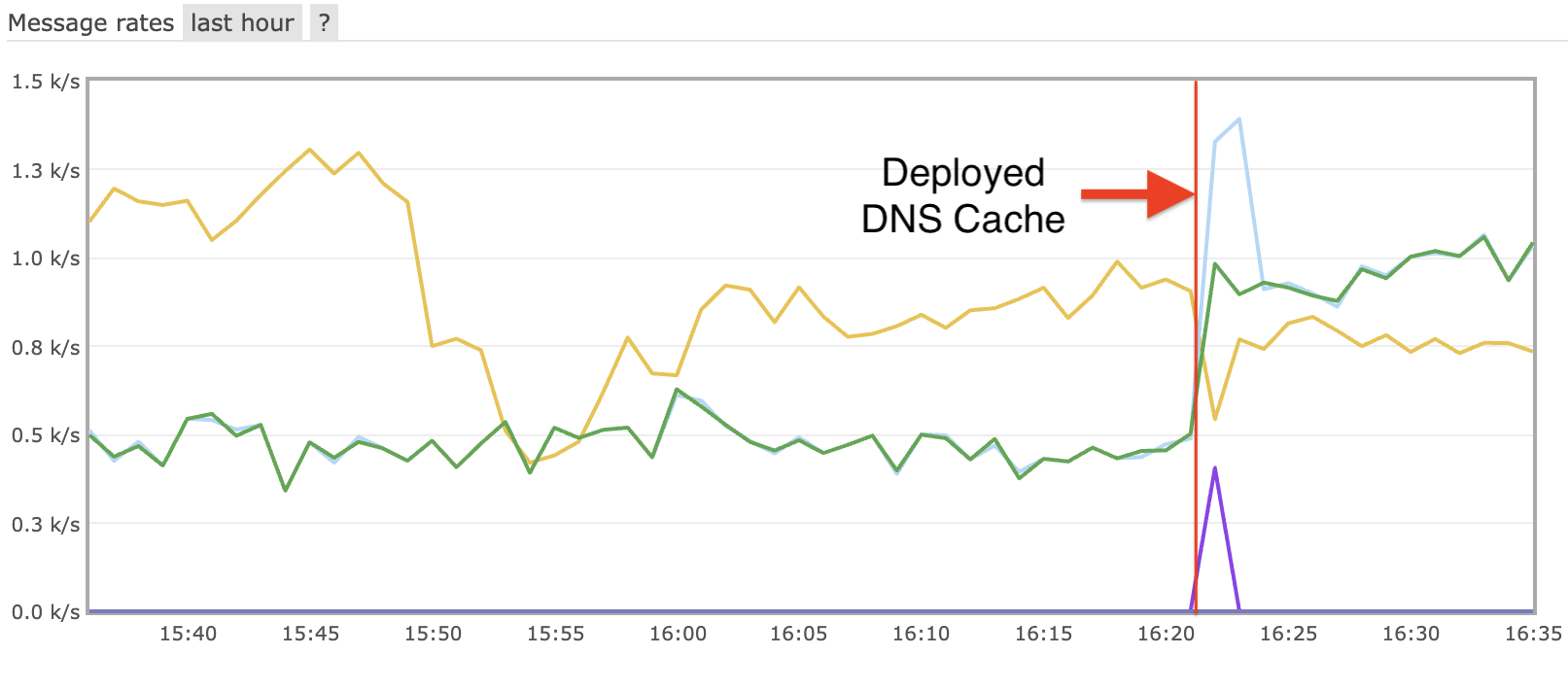CEPH on Fedora 15
Before I get into the install, I want to summarize my thoughts on Ceph. I think it has a lot of potential, but parts of it are trying too hard to do everything for you. I always think there is a careful balance between a program doing too much for you, and making you do too much. For example, the mkcephfs script that creates a ceph filesystem will ssh to all the worker nodes (defined in ceph.conf) and configure the filesystem. If I was in operations, this would scare me.
Also, the keychain configuration is overly complicated. I think the Ceph is designed to be secure over the WAN (secure, not encrypted), so maybe it's needed. But it seems overly complicated when you compare it to other distributed file systems (Hadoop, Lustre).
On the other hand, I really like the full posix compliant client, especially since it's in the mainline kernel. It is too bad that it was added in 2.6.34 rather than 2.6.32 (RHEL 6 kernel). I guess we'll have to wait 2 years for RHEL 7 to have it in something we can use in production.
Also, the distributed metadata and multiple metadata servers are interesting aspects to the system. Though, in the version I tested, the MDS crashed a few times (the system picked it up and compensated).
On Fedora 15, ceph packages are in the repos.
yum install ceph
The configuration I settled on was:
[global]
auth supported = cephx
keyring = /etc/ceph/keyring.admin
[mds]
keyring = /etc/ceph/keyring.$name
[mds.i-00000072]
host = i-00000072
[mds.i-00000073]
host = i-00000073
[mds.i-00000074]
host = i-00000074
[osd]
osd data = /srv/ceph/osd$id
osd journal = /srv/ceph/osd$id/journal
osd journal size = 512
osd class dir = /usr/lib64/rados-classes
keyring = /etc/ceph/keyring.$name
[osd0]
host = i-00000072
[osd1]
host = i-00000073
[osd2]
host = i-00000074
[mon]
mon data = /srv/ceph/mon$id
[mon0]
host = i-00000072
mon addr = 10.148.2.147:6789
[mon1]
host = i-00000073
mon addr = 10.148.2.148:6789
[mon2]
host = i-00000074
mon addr = 10.148.2.149:6789
As you can read from the configuration file, all files are stored in /srv/ceph/... You will need to make this directory on all your worker nodes.
Next I needed to create a keyring for authentication with the client/admin/dataservers. The keyring tool is distributed with Ceph, and is called cauthtool. Even now, it's not clear to me how to use this tool, or how Ceph uses the keyring. First you need to make a caps (capabilities?) file:
osd = "allow *"
mds = "allow *"
mon = "allow *"
Here are the cauthtool commands to get it to work.
cauthtool --create-keyring /etc/ceph/keyring.bin
cauthtool -c -n i-00000072 --gen-key /etc/ceph/keyring.bin
cauthtool -n i-00000074 --caps caps /etc/ceph/keyring.bin
cauthtool -c -n i-00000073 --gen-key /etc/ceph/keyring.bin
cauthtool -n i-00000073 --caps caps /etc/ceph/keyring.bin
cauthtool -c -n i-00000074 --gen-key /etc/ceph/keyring.bin
cauthtool -n i-00000072 --caps caps /etc/ceph/keyring.bin
cauthtool --gen-key --name=admin /etc/ceph/keyring.admin
From the blog post linked above, I used their script to create the directories and copy the ceph.conf to the other hosts.
n=0
for host in i-00000072 i-00000073 i-00000074 ; \
do \
ssh root@$host mkdir -p /etc/ceph /srv/ceph/mon$n; \
n=$(expr $n + 1); \
scp /etc/ceph/ceph.conf root@$host:/etc/ceph/ceph.conf
done
mkcephfs -a -c /etc/ceph/ceph.conf -k /etc/ceph/keyring.bin
Then copy the keyrings
for host in i-00000072 i-00000073 i-00000074 ; \
do \
scp /etc/ceph/keyring.admin root@$host:/etc/ceph/keyring.admin; \
done
Then startup the daemons on all the nodes:
service ceph start
And to mount the system:
mount -t ceph 10.148.2.147:/ /mnt/ceph -o name=admin,secret=AQBlV5dO2TICABAA0/FP7m+ru6TJLZaPxFuQyg==
Where the secret is the output from the command:
cauthtool --print-key /etc/ceph/keyring.bin



Leave a comment